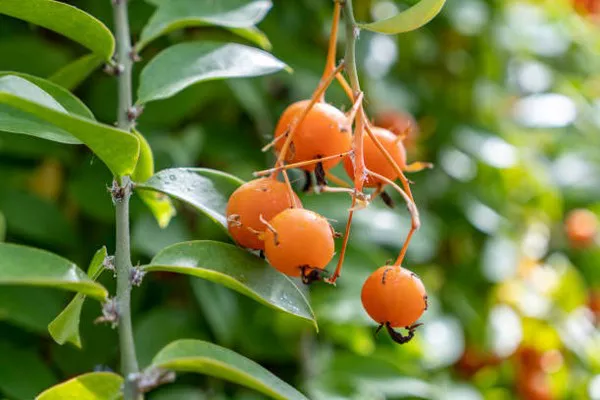When the topic of Earth’s vibrant biodiversity arises, many envision a world teeming with animals. However, there’s a burgeoning awareness of the astounding diversity within the plant kingdom. With nearly 300,000 species of flowering plants on our planet, only beetles can rival their number among animals. This botanical diversity extends to intriguing facts such as more fern species than birds, more mint species than mammals, and more bean varieties than butterflies. Moreover, plants constitute a staggering 82% of all terrestrial life by mass.
Driven by a growing interest in plant-based hobbies, there has been a surge in plant appreciation over recent years. From nurturing houseplants to foraging for wild edibles and cultivating outdoor gardens, the joy of botanizing is on the rise.
Botanizing, akin to birdwatching but centered on immobile subjects, involves spending time alongside plants to observe and appreciate them as living organisms. This practice transforms a simple walk in the woods into an immersive experience, fostering a connection with the multitude of plant species. Getting to know these non-human neighbors provides a unique way to engage with our changing planet.
The Historical Context of Botanizing:
Botanizing has a rich and complex history, with humans having classified plants for thousands of years, often to determine their suitability for consumption or cultivation. During the European age of exploration and colonization, there was a particular interest in identifying plants with utility as food, medicine, or other purposes. For example, the Dutch East India Company’s colonization of the Banda Islands was driven by the desire to monopolize the cultivation and trade of nutmeg in the early 17th century.
In the 19th century, the Victorian era in England witnessed a fervor for plants, particularly ferns, known as “pteridomania” or fern fever. This coincided with the peak of European imperialism, during which valuable plants were collected from distant lands.
Botanizing for Modern Times:
Today, many botanic gardens and arboreta have shifted their missions towards public education, scientific research, and biodiversity conservation. These institutions serve as valuable resources for individuals interested in embracing botanizing.
Why Botanize?
Plants provide the essential raw materials for our homes, food, and even the oxygen we breathe. Without plants, life as we know it would be unsustainable. However, a cognitive bias known as “plant awareness disparity” often leads people to underestimate the diversity and importance of plants.
Research has demonstrated the value of spending time in green natural areas or amidst indoor plants for reducing stress and improving overall well-being. Botanizing offers an opportunity to immerse oneself in nature and observe the minute details of plant structures, serving as a form of mindfulness practice.
Botanizing also provides an alternative to the often isolating world of social media, which has become increasingly personalized by algorithms, shaping individual realities. Engaging with local human and non-human communities through botanizing can offer a refreshing break from these personalized digital spaces.
Furthermore, as plants form the foundation of life on Earth, caring for plants is a means of caring for our planet. Botanizing encourages sustainability and inspires positive changes in various aspects of our lives.
Tools of the Trade:
Botanizing can take various forms, focusing on plant structure, ecology, interactions, colors, textures, scents, or even tastes. You don’t need to travel far or spend a significant amount of money to start botanizing; you can learn from houseplants, the food you cook, the wood grain of furniture, and the plants growing in your local environment.
Here are some essential tools for botanizing:
Hand Lens: This tool, magnifying what you observe by a factor of 10, is indispensable for examining the minutiae of plant structures.
Local Field Guide: A field guide specific to your local plant species provides valuable reference material with images and detailed text for identification.
Plant Identification App: Utilizing machine learning algorithms, apps like Seek (powered by iNaturalist) can assist in confirming plant identifications by matching images with species.
Join a Botanical Club: Many regions have local botanical clubs that offer meetings, workshops, online groups, and botanizing outings, providing an opportunity to learn from fellow enthusiasts.
Finding Your Spark Plant:
To kickstart your botanizing journey, seek out a “spark plant”—one that genuinely excites you, engages your curiosity, or holds personal meaning. It could be a familiar plant you’ve yet to see in its natural habitat, an entirely new species, or one associated with a special memory.
Reimagining Botanizing:
As botanizing regains its place as a nature-based hobby, it is essential to evolve it into a 21st-century pastime. By appreciating plants for their intrinsic value as interconnected components of Earth’s life, botanizing fosters a profound connection with the planet’s remarkable botanical diversity.


